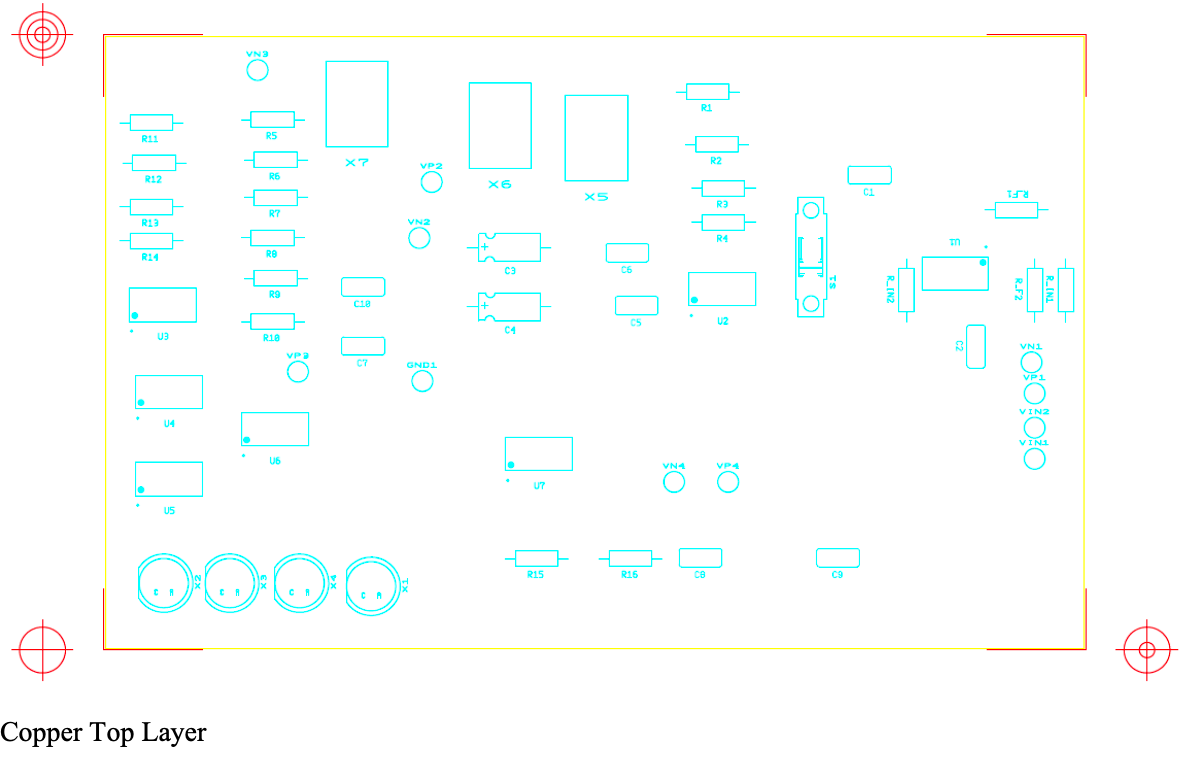This project is designing a Tone Control/Karaoke Circuit with five blocks, Mixer/Karaoke, Tone
Control, Volume Control, Volume Display, Attenuator and Output Driver.
This block accepts two unbalanced input signals and outputs a single inverted and amplified mono output signal. The circuit must be designed so that the two unbalanced inputs each contribute the same amount to the output signal. Depending on the position of a SPDT selector switch, we can change to Mixer or Karaoke application of the circuit.
This block would serve as a tone control filter. Depending on the position of the pin of the potentiometer, which is a 100 kΩ potentiometers and select the external resistors (labeled R1 and R2 in the circuit diagrams) to get a gain range of approximately 1/10 to 10 for both bass and treble.
This block of circuit would be able to adjust the output by turning the pin of the potentiometer. The output would be from 0% to 100% of the input.
The purpose of this experiment is to use op-amps in comparator mode, along with light-emitting diodes (LEDs), to create a simple voltage level meter. This block of circuit would serve as a voltage meter with 4 LED indicators. Each LED would light up in sequence as the input voltage increased. When the input just passed 0.25 Vpp, the bottom LED would first light up. The second bottom LED would light up after the input passed 0.5 Vpp, third is 1V and fourth is 1.25V.
The input to this block is the output of the volume-control block. This block is an inverting op amp with gain set to make sure that the maximum output voltage level stays in an appropriate range (0.5 – 1V maximum amplitude) for driving headphones.
PCB Design




During my initial foray into electrical engineering at college, I faced significant challenges in applying theoretical knowledge to practical tasks, particularly when transitioning my circuit design from Multisim to Ultiboard due to component incompatibilities. With invaluable guidance from my teaching assistant, I was able to bridge the gap between theory and practice, enhancing my troubleshooting skills and deepening my software understanding. This endeavor not only solidified my foundational skills but also kindled a fervent passion for continued learning and exploration in electrical circuit design.






